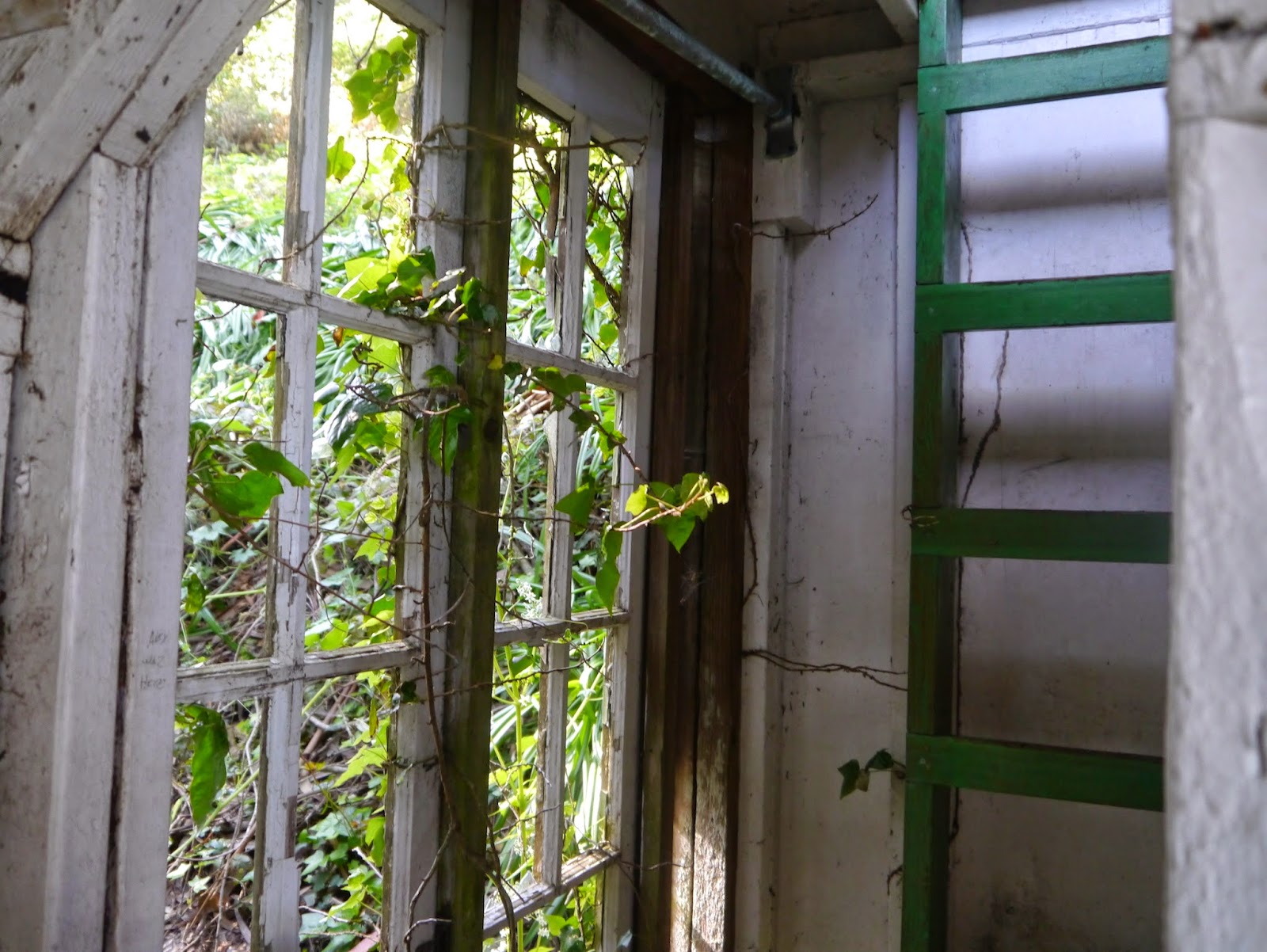We spent the last week perched on the Inverness ridge, at eye level with the aerie of two courting osprey, the incoming fog, a sliver of Tomales Bay below. It is astounding, how much the human heart can love a place; an old ache, bigger than might seem possible. Some places, some journeys, are best kept close to the bone. Not everything needs be shared in this quick-to-share world. But I'd like to share with you a few notes from those precious days with nothing to do but sink into a kind of human baseline (for a bobcat baseline is an overstep walk...), with nothing to do but love the nettles, love the bay, love the fog, love the pine peaks and salt, love each other and this world.
Taking the land into the body is a way of greeting, of saying thank you. These tea things were gathered from alder shade and coastal scrub, and a bouquet of wild radish as well (because beauty is medicine too).
The osprey, making a home, moving sticks and filling the air with kee kee kee.
Gold flecks in the sand at the shore of Tomales Bay. Maybe mica, maybe something else, chipped off old granite. They are a whirl of stars under bare toes.
A whole day drifting and paddling through the benevolent waters of Tomales Bay, that old mother fault zone, another world—an old kind of magic. To be, for a day, as buoyant as any loon.

From the view of osprey and hawk, Tomales Bay is a great blue ribbon, the boundary between two tectonic plates.
On secret shores, the dogwood was a red fire, the marsh grasses long and green, moving under the hands of the wind.
And the ceanothus hung down cliffs toward the bay, a blue hum of honey scent and bees.
On the Inverness ridge, the old granite spine of Point Reyes, made of the same granite as the Sierras long ago, the Douglas firs were constellations of new green tips. (So many cups of tea!)
Just before blooming, the cow parsnips were like the heads of medieval ladies, gleaming and wise, with many secrets and love poems tucked in their headdresses.
The starry solomon's plume opened on the day of the spring equinox, quiet and true.
And a morning walk to the bay shore, with tea and notebook, a quick secret swim, is my idea of true bliss.

The great blue heron had the same idea for a peaceful morning as I. He flew away at my coming, but left his enormous prints, the size of my hands.
To sit with an iris, and learn some of her secrets: this to me is the same thing as prayer.
I'll leave you with a piece of a poem from my journal, iris inspired—
Meanwhile, in the meadows, on the ridges
the irises stand under the sun. Their bulbs
are ancient, older than dairies, older than barns.
That's why they will tell you easily
vociferously, demanding you listen—
stand down out of your own way,
so the purple gleam of Always,
that old ecstasy, may turn you
lush as this ridge, this bay, this matriarchy
of bulbs, all gleaming.
Kee kee, call the osprey.
Time for tea.







































